by Amy Hoffman
Recently, I attended the first GoodWork conference at Noble and Greenbough School in Dedham, Massachusetts. Armed with and ready to present the elementary toolkit that I had been developing with my mother, Jo Hoffman, and Good Team members Margot Locker, Wendy Fischman, and Lynn Barendsen, I arrived on that very snowy Friday not sure what to expect. I had never presented at a conference before, but I had attended several – listened to interesting people, took notes, and walked away really the same as I had entered. I had no idea how my understanding of conferences and in fact, my ideas about teaching, were about to change.
I teach a 1st and 2nd grade multiage class at a small charter school in New Jersey, and for the past two years I have been working with my young students to develop their understandings of the basic principles of GoodWork. The students have been working hard exploring ethics, excellence, and engagement through hands-on activities and class discussions. I start each year with the students by exploring the definitions of the 3 “E’s” through word mapping, looking for examples through children’s literature and narratives written for the toolkit, and ending with activities during which students write their own narratives and role-play that work. Students have benefitted from the activities, participating happily, and their understanding of concepts related to the 3 E’s has evolved since the beginning of the school year. Nonetheless, after reflecting about my experiences at the conference, I began to formulate an idea for another entry point to explore and deepen their connections to the essence of the 3 E’s and being human.
During his plenary session at the GoodWork Conference, Esa Saarinen (philosopher and professor at Aalto University in Finland) spoke about “Three Human Phenomena”- Being Present, Being-By-Your-Sideness, and Magical Uplift- concepts that were new to me but resonated deeply. In listening to Esa speak and reflecting on this conversation, I started thinking about how these concepts can and should be brought into my classroom and how they fit into our conversation about GoodWork.
As Howard Gardner once relayed to me, it’s not about the students memorizing definitions but really being able to model GoodWork and recognize it in the behavior of others. My question is: how can these “three human phenomena” be leveraged and woven into the discussion about GoodWork to assist students in synthesizing their understandings of its concepts and help them to better understand their social world and their responsibilities to our community?
When I returned to my classroom, I reflected on this question and started with myself. How might I be a better teacher as a result of what I’d learned? I have been working with the elementary toolkit for 2 years now and we keep the discussion of ethics, excellence, and engagement ongoing throughout the school year-what these principles look like, sound like, feel like. A teacher’s role is being present in the classroom – constantly assisting and supporting students, and being engaged in the profession and the daily give and take within the classroom. A teacher’s role is also to support her students, be by their side, and guide them through learning – living the principles of excellence. Finally, I believe a teacher’s role is to develop an uplifting classroom community: fostering confidence, optimism, and trust in order to assist students in achieving their goals. I view creating this positive space in the classroom as part of my ethical responsibility to my students.
So on a bright spring day at our Morning Meeting, I started a conversation with my students, first sharing the thinking and reflecting that I was having personally about being human and the 3 E’s. I shared with them my ideas and personal reflections. After explaining the Three Human Phenomena, we engaged in a discussion. First, I asked my students to think about what they know about human beings. They responded with answers like, “all humans are good at different things,” “humans have 2 eyes, 2 legs, 2 arms, etc.,” “some humans are kind,” and “some humans are shy.” Then I asked them how their responses are connected to the 3 Es, while I guided the conversation by asking about the Three Human Phenomena. My initial assessment from this first discussion is that my students were making the connections between the two ideas. They were able to see a link between engagement and being present by commenting on how “if you are present in the classroom, it means you’re listening and learning.” The students also participated in a conversation surrounding “human kindness”, Magical Uplift, and ethics. These 6, 7 and 8 year olds were able to point out the importance of creating a positive space by being kind, making smart choices, and helping others.
After this conversation about the Three Human Phenomena, the feel of the classroom seemed to change, however slightly. The students seemed ready to synthesize these ideas and implement their understandings of the 3 Es through thinking about uplifting their peers, being present in the classroom, and working together seamlessly. I look forward to watching how this understanding evolves in the weeks and months ahead.





